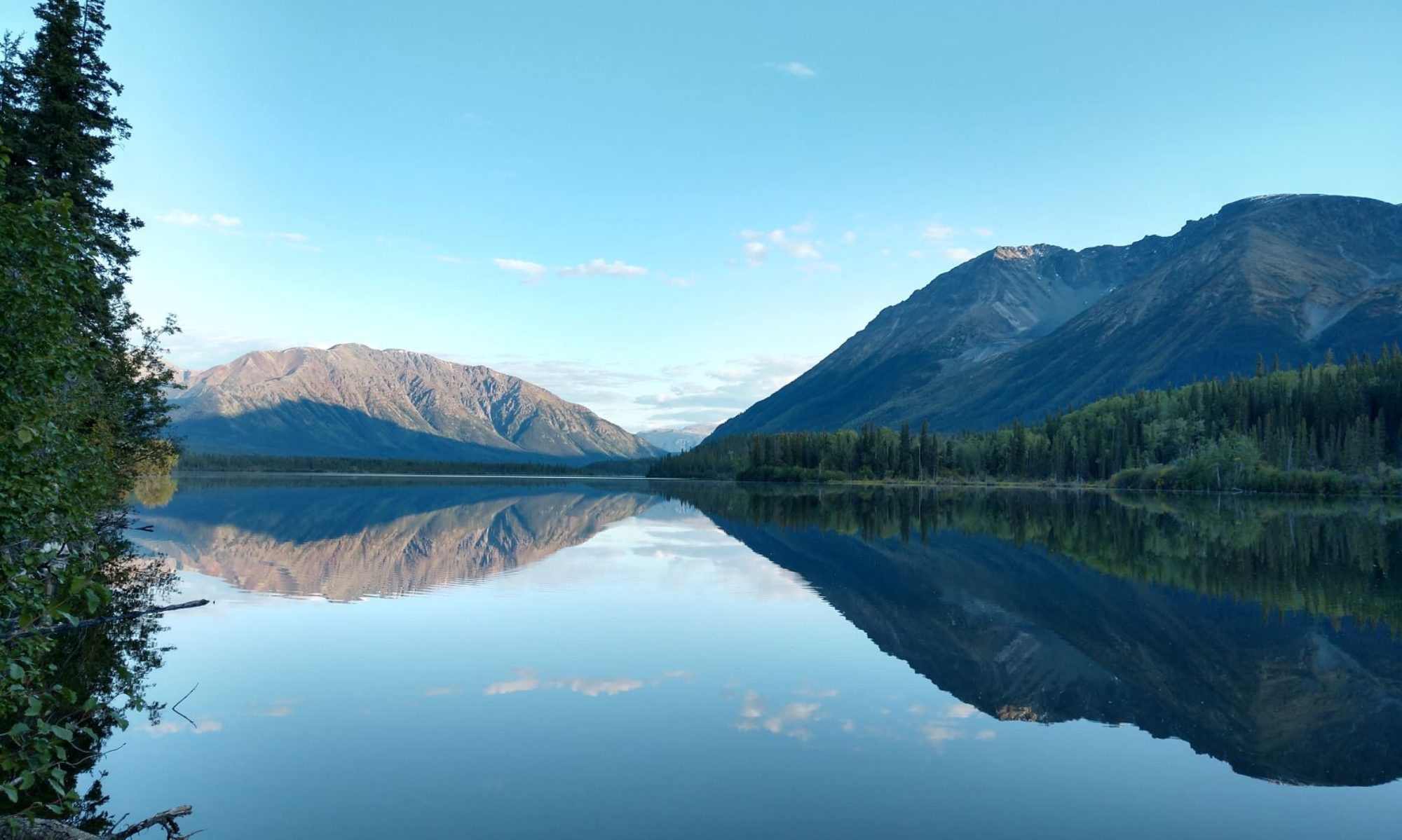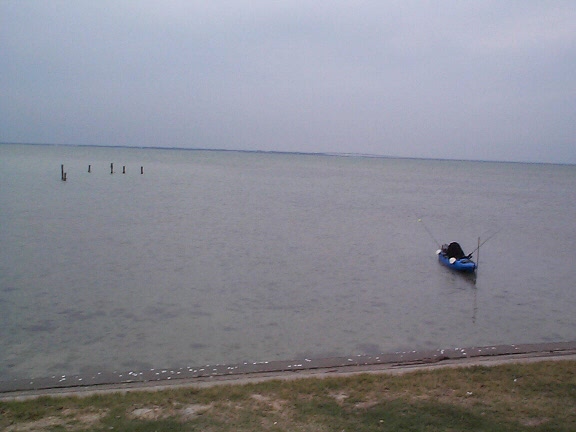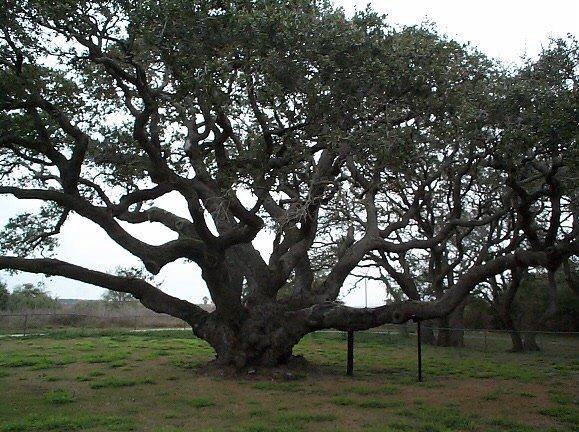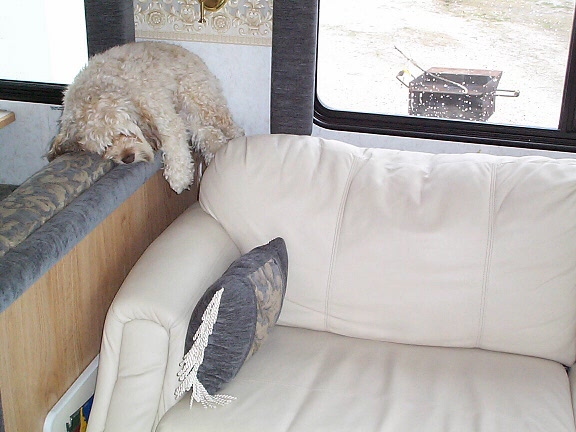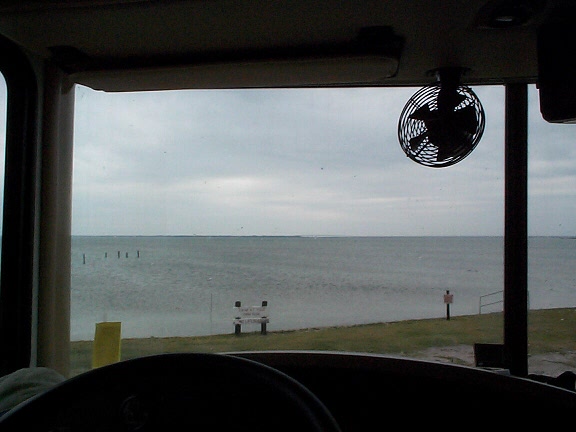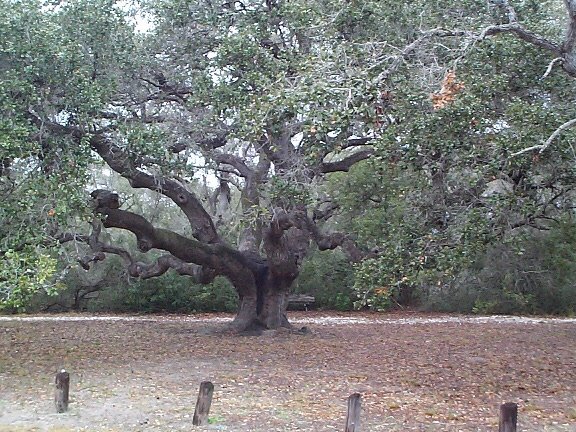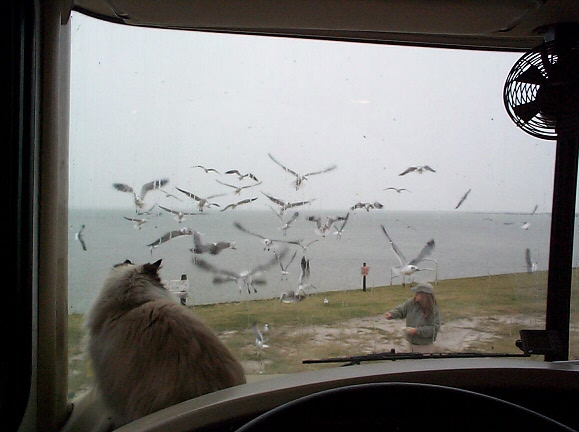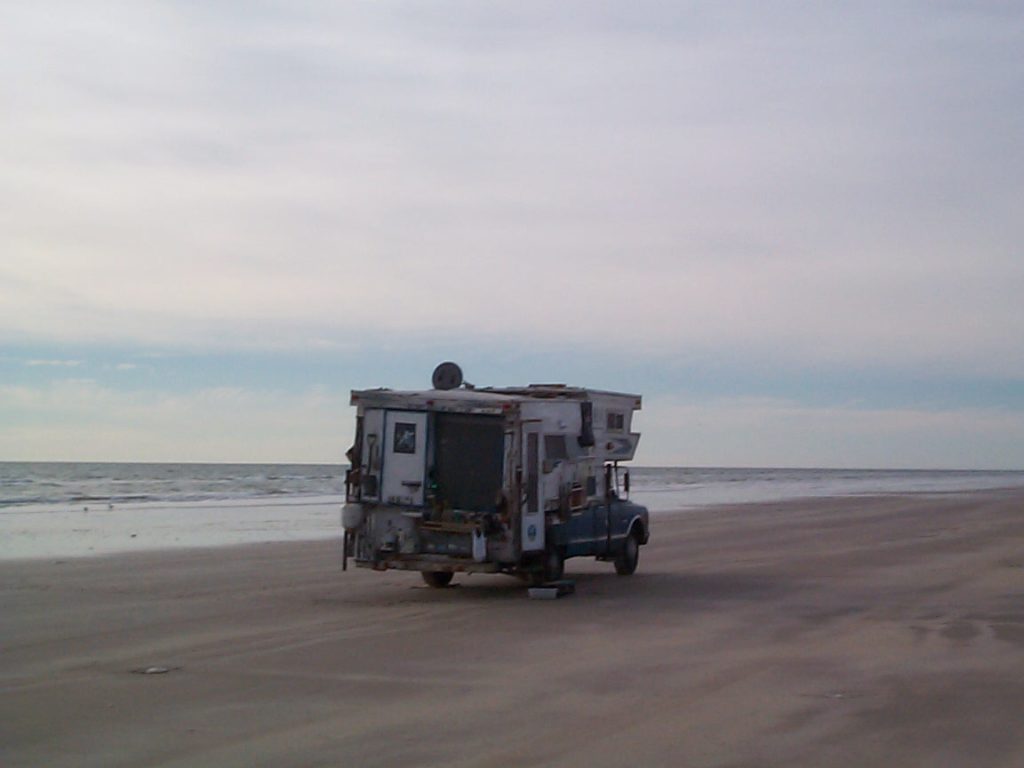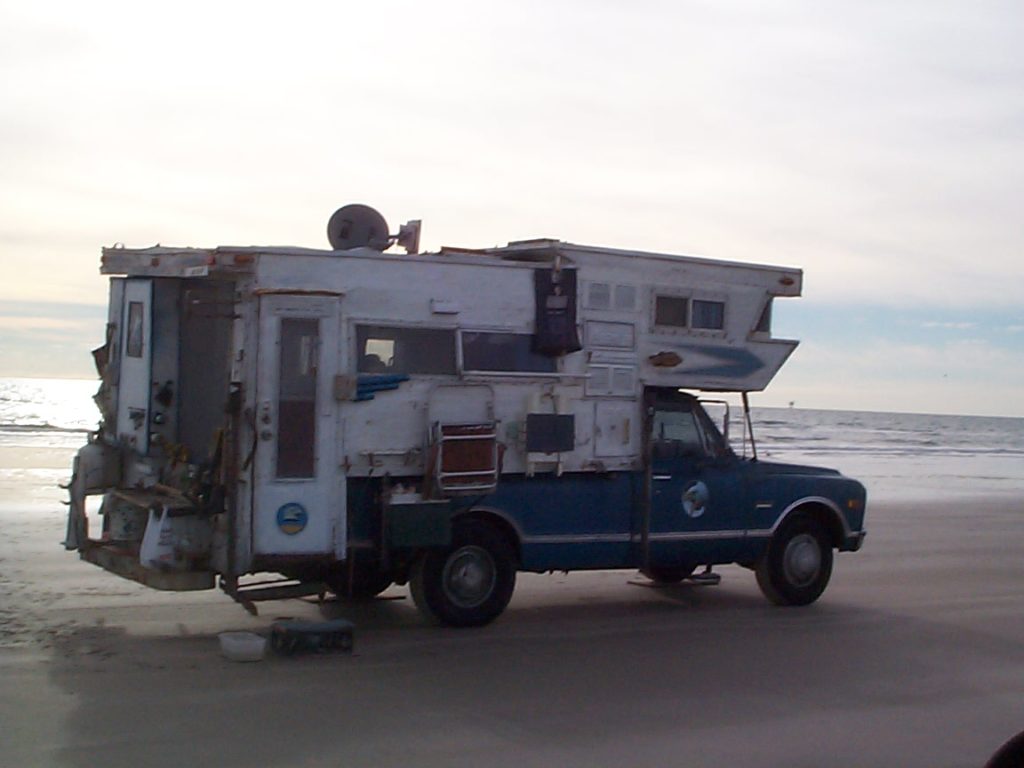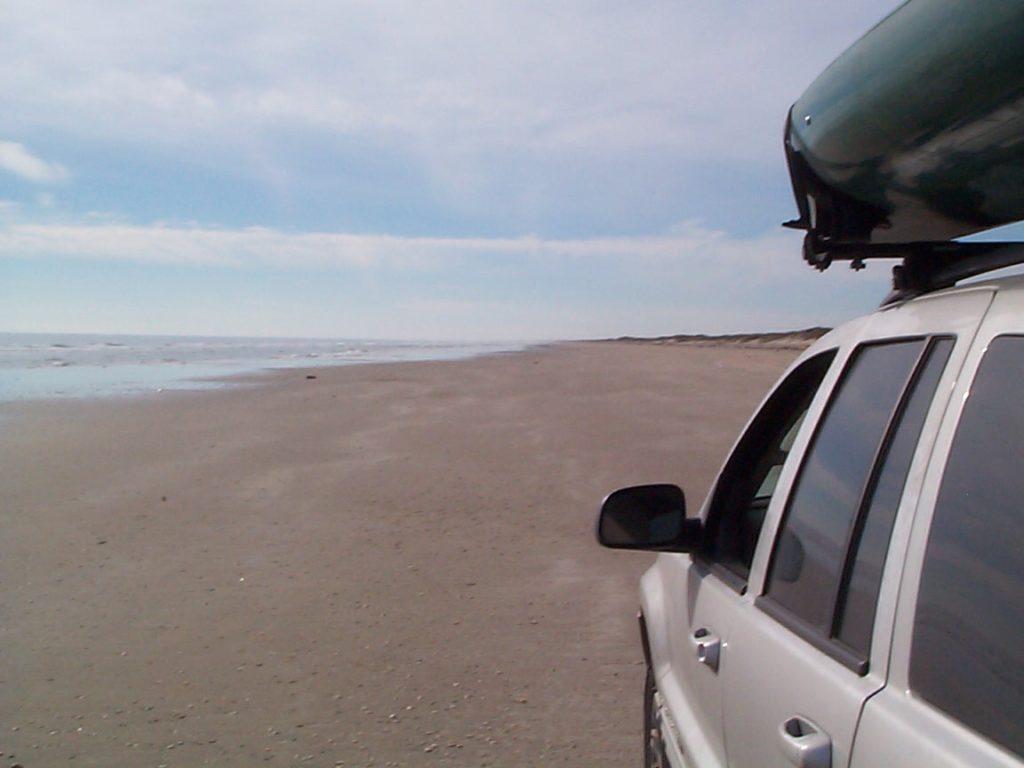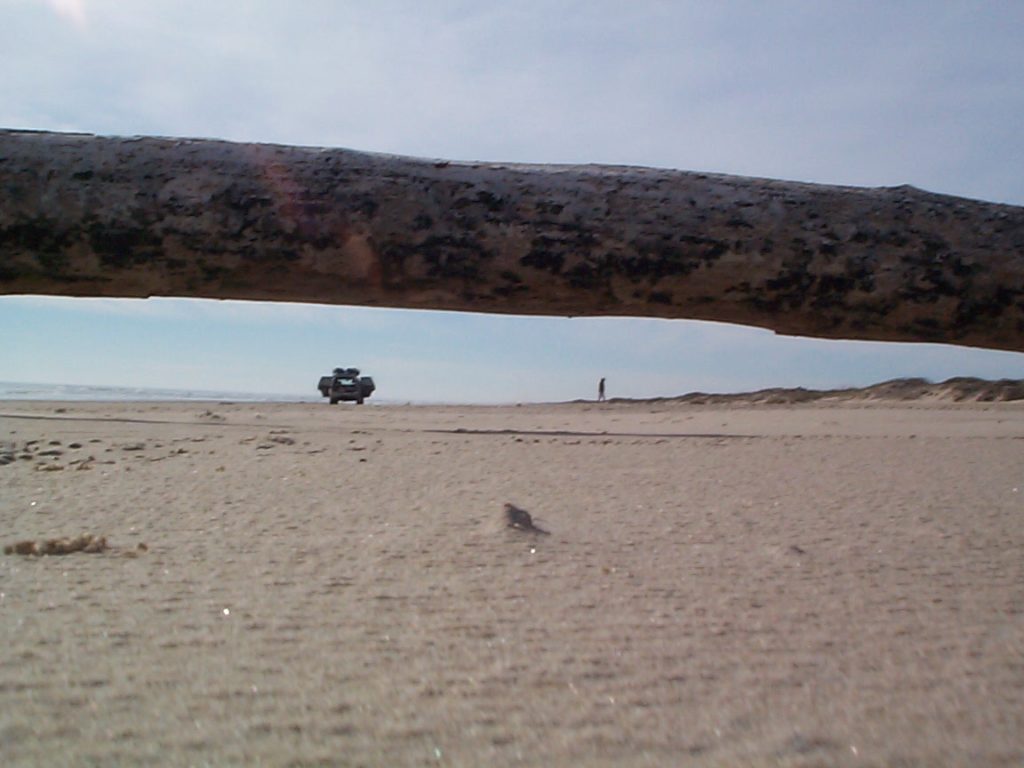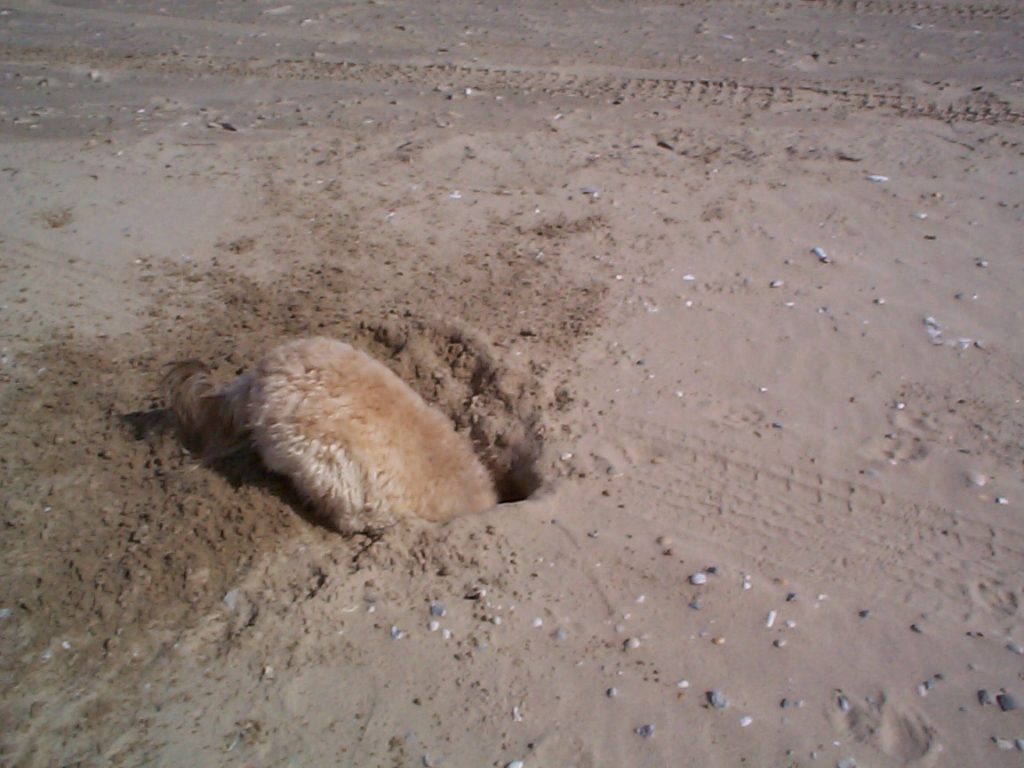Wharf cat
Goose Island
Goose Island State Park
Back from the wilderness
The actual four-wheel drive part was really interesting. The longest, toughest stretch was a half-mile of soft sand a foot or so deep. It caused me some concern on the way out. We haven’t been in deep sand with the Jeep before. I hit it pretty hard and stayed pretty fast all the way through. I was feeling more confident with the Jeep’s capabilities on the return trip, went into it slower, and messed around with it a bit. What a great car! Not much directional control through that stuff, it really floats, but every time we started to bog down, I could hit the gas and get right back up on top. Didn’t feel like any real danger at all. We played a lot in the shorter sections of deep sand after that. Well, actually, Judy did. Except for that one long deep section, she drove it all the way back up the island. She had a ball, even through the one section that made her head hurt from the blood pounding through it from the excitement. A good adrenalin rush. She spun donuts. She crashed through the surf. She was awesome. We made it home.
She even found dead blue jellyfish on the beach with their air sacs still inflated, and hit them with the wheels to make them pop. It’s a loud pop. Now the underside of the Jeep is coated with disgusting things. Blue hanging things.
Driving down the beach, we spotted the tracks in the sand, somewhere between the 30 and 35 mile markers on the beach. Thought it was a bicycle track at first, because some of it had washed away, but soon it was clear. These were two parallel tracks. It wasn’t two bicycles. They were too consistent. The gears started turning. What were we looking at? Two wheels. Narrow track. It wasn’t a trailer, because there were no vehicle tracks with it. Not a car trailer. Not a bicycle trailer. We stopped for a look. Footprints! There were footprints between the tracks. Which way was it headed? Down island. Now it was 40 miles down the beach and still going. We needed a story. What makes parallel bicycle tire tracks with footprints in the middle? One of those jogging strollers. That’s it! Who pushes jogging strollers? Not Dad. This is Mom out for a jog. A really long jog. We had been following these tracks for between ten and fifteen miles. The tracks are still headed out. There is only one set of tracks. She hasn’t started back yet.
By this time, there are only two sets of car tire tracks ahead of us for the day. So here is what happened. Mom wanted to take a long run. Dad wanted to fish. He dropped Mom and the kid off for a run, then proceeded on to his favorite fishing spot. Great explanation, huh? Works, doesn’t it?
At mile marker 45, the real explanation presented itself. There was a shelter built up against some beach junk. There was a young guy there. In his early twenties, we’d say. There was a two-wheeled cart with him. He had walked all his stuff down the island with a two-wheel cart as a hiking trailer. Wow! We waved and drove on.
Found the end of the island. Hung out for a couple hours exploring the dunes, having lunch, watching the birds, relaxing in the sun.
On the way back, we stopped and chatted with the hiker. We offered him a gallon of water, but he said he still had four or five gallons left. He thought he was okay. Nice friendly guy. Told him we were from Colorado. Asked him where he was from. He said he grew up in Wyoming but really wasn’t from anywhere. Guess he hasn’t found the place he’s from yet. Drove on.
Back home safe and sound from the big adventure. Tomorrow? Who knows.
